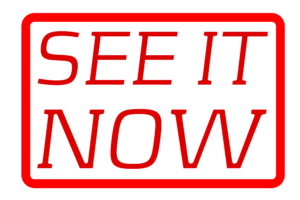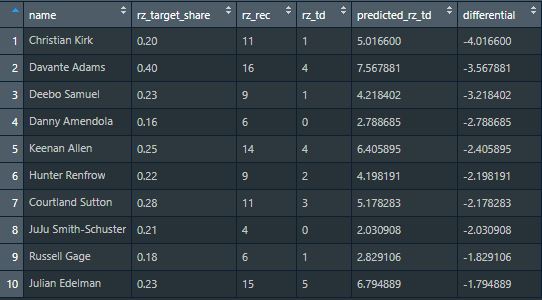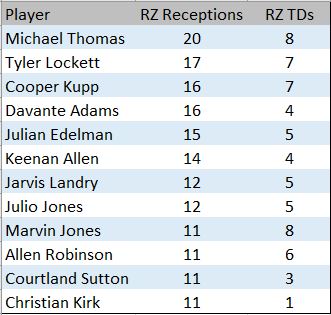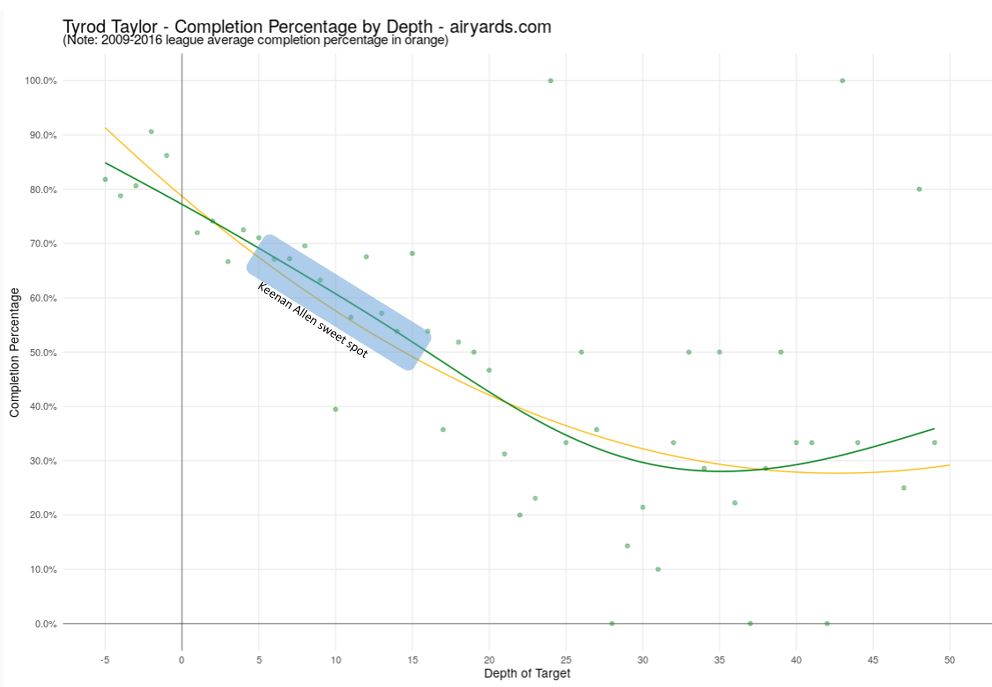Earlier in the off-season, I introduced a model using PlayerProfiler’s advanced stats and metrics on red zone opportunity to predict red zone touchdowns a player would have expected to score. Using the more stable opportunity metrics to predict the noisy number of touchdowns actually scored allows us to pinpoint wide receivers who over or underperformed their opportunity last season.
Last time, we identified wide receivers who overperformed and are likely to regress this season. Today we’ll flip that and look at players who were a little unlucky last year and are due for positive mean reversion. There are big names in this list with early and mid-round ADPs who, despite the cost, still look like values in seasonal and dynasty leagues. Here are the top buys according to the model.
Christian Kirk
Christian Kirk was supremely active in the red zone last year for the Cardinals but only came away with one red zone touchdown. Based on his Red Zone Target Share and Red Zone Receptions, that number should have been over five. He led the team with 11 (No. 9 among qualified wide receivers) Red Zone Receptions and was tied with Larry Fitzgerald with a 20.0-percent (No. 32) Red Zone Target Share. Putting his productivity in league-wide context, of the 11 other WRs last season who caught at least 11 balls in the red zone, the average number of red zone touchdowns scored was 5.6. Going back to 2014, only one player has caught ten or more red zone passes and scored one touchdown. That was Stefon Diggs in 2016 who then bounced back to catch seven in 2017.
The elephant in the room with Kirk however is the addition of DeAndre Hopkins. This regression model works because it assumes red zone opportunity stays roughly constant year to year. Hopkins has averaged 26-percent of the red zone targets during his time in Houston. Despite this addition, Kirk still projects for a significant target share on an offense set to improve. With any luck, Kirk’s potential decrease in volume can be more than offset by positive reversion in efficiency. Go get him before it’s too late.
Davante Adams
Davante Adams was a monster in the red zone last year earning a whopping 39.7-percent (No. 1) Target Share, but finishing 3.5 touchdowns below expectation. That was the highest in the league among qualified players. This wasn’t a one-year blip either. The two seasons before last, he garnered 44.3-percent and 37.1-percent of the red zone targets, resulting in 16 and 15 receptions. The TD output? Seven and twelve in 2017 and 2018 respectively. Only scoring four in 2019 was downright unlucky given the volume.
https://www.youtube.com/watch?v=JS8gtyzPe7M&feature=emb_logo
Looking ahead to 2020, is there any reason to expect that to change? The Packers infamously drafted no wide receivers in this year’s draft and only signed Devin Funchess. They also lost end zone or bust weapon Jimmy Graham to free agency. Adams should be projected for massive volume and a bounce back in the scoring department.
Keenan Allen
In 2019, Keenan Allen finished 2.5 touchdowns under expectation. He had four, but his opportunity suggested more could have been had. Allen ranked No. 6 with 14 Red Zone Receptions last year, but tied with Davante Adams for fewest red zone touchdowns. Historically, he’s been used in the red zone. Over the last three years, 27-percent of L.A’s red zone targets have gone his way, resulting in an average of twelve receptions per year. Last year was more of the same, only without all the expected touchdowns.
Unlike Green Bay, the Chargers have other weapons. Namely Mike Williams and Hunter Henry. Over the last two seasons though, they have averaged 20-percent and 19-percent Red Zone Target Shares respectively, so do not be fooled. Allen is still the lead guy in Los Angeles. Tyrod Taylor represents a solid skillset pairing with Allen as well. Using Josh Hermsmeyer’s airyards.com, we can see Taylor’s efficiency peaks in the 5-15 yard zone, lining up perfectly with Allen’s 10.2 (No. 69) Average Target Distance.
Courtland Sutton
Given Courtland Sutton’s opportunity last year, he should have scored over five red zone touchdowns. Instead, he only scored three. Chase the opportunity. His 28.2-percent Red Zone Target Share was tied for No. 6 among wide receivers with ten or more games played. However, among those players, Sutton’s three touchdowns ranked last. Denver invested heavily in the offense this offseason, but players such as Jerry Jeudy and K.J. Hamler are not immediate red zone target magnets. Any improvements in the offense only increase Sutton’s red zone opportunity.
Check out Courtland Sutton’s 2020 Projection on PlayerProfiler’s “World Famous” Draft Kit:
At 6-3 and 218-pounds, his Sutton’s 10.26 (90th-percentile) Catch Radius shows why he is a QB’s best friend in the red zone. With a young player, it can be helpful to look to player comparisons to illuminate potential impact. Sutton’s closest comp is Alshon Jeffery, who has averaged 5.5 red zone touchdowns in his healthy seasons.
JuJu Smith-Schuster
It was a goose egg year for JuJu Smith-Schuster in 2019, with personal injuries and a dreadful QB carousel preventing him from converting any red zone chances into touchdowns. The opportunity was there though. His 21.1-percent (No. 30) Red Zone Target Share and four (No. 60) Red Zone Receptions would have expected to result in more than two touchdowns.
https://www.youtube.com/watch?v=gQH1XeWweNo
Considering he scored five red zone touchdowns in both 2017 and 2018, last year looks to be an anomaly. Reuniting with Ben Roethlisberger represents a significant boost to JuJu’s projected efficiency in 2020. Don’t let recency bias prevent you from drafting a young, productive top wide receiver this year.
Bonus Deep Cuts
Danny Amendola and Russell Gage both showed up on the top ten list scoring around two TDs short of their expected total. Both players return to their teams in similar situations as last year. They are the slot WR3 on explosive, high powered offenses that we have been targeting this year in drafts. When looking for late round dart throws, especially in Best Ball, these two should see fairly stable red zone work and hopefully a boost in output creating potential fantasy value.
Conclusion
In summary, we’ve shown that red zone opportunity metrics such as Red Zone Target Share and Red Zone Receptions are more sticky year to year. That stability allows us to predict touchdown output and identify those with large discrepancies as candidates to fade or buy in fantasy football.





